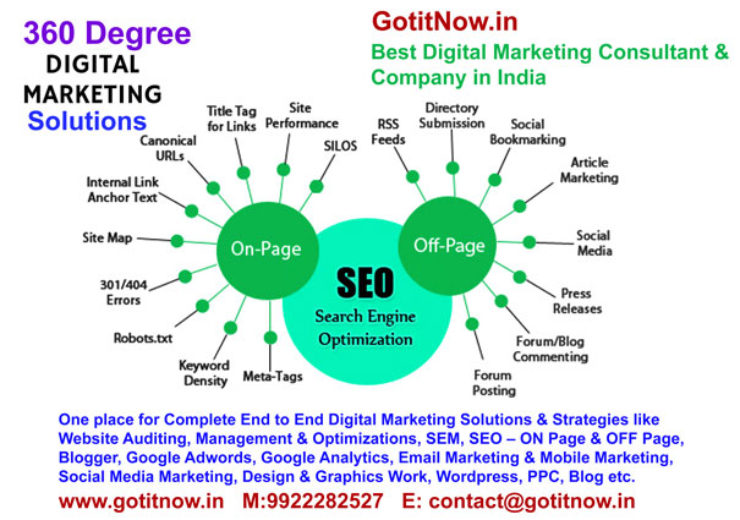Website

Table of Contents
Website
In today’s world, a website is essential for any business or individual who wants to share information online. But with so many different options out there, how do you choose the right one for you? In this blog post, we’ll explore the different types of websites and their features, so you can make an informed decision about which one is right for you. From simple static pages to complex dynamic sites, there’s a lot to consider. But don’t worry, by the end of this post, you’ll know exactly what you need.
What is a Website?
A website is a collection of web pages and related content that is identified by a common domain name and published on at least one web server. A website may be accessible via a public Internet Protocol (IP) network, such as the Internet, or a private local area network (LAN), by referencing a uniform resource locator (URL) that identifies the site.
Websites are typically built using text-based markup languages like HTML and CSS, which provide structure and style to the content. Websites can also be built using more dynamic programming languages like JavaScript, PHP, and Ruby on Rails. These languages allow for more complex interactions with users and can provide more engaging user experiences.
The content on a website is often created using a Content Management System (CMS). This makes it easier for non-technical users to create and manage website content. There are many different types of CMSs available, ranging from simple systems that only allow for basic text editing to more complex systems that support multimedia content and e-commerce functionality.
Why You Need a Website
A website is an online space that you can use to share information about your business, products, or services. Having a website gives you a way to reach more customers and gives you an edge over your competitors who don’t have one.
Your website is a 24/7 marketing tool that can help you build your brand, generate leads, and close sales. It’s a platform where you can control the narrative about your business and tell your story in a way that resonates with your audience.
Your website is also a valuable asset that you can use to drive traffic to your other online channels, such as social media or email marketing. And, if designed correctly, your website can be a powerful tool for converting visitors into customers.
In short, having a website is essential for any business that wants to succeed in the digital age. If you don’t have one, you’re missing out on opportunities to grow your business and reach new customers.
How to Create an Online Presence
Your online presence is the identity you create for yourself on the internet. It includes your website, social media accounts, and any other online content you create or control. Creating a strong online presence can help you build your personal brand, find new opportunities, and connect with like-minded people.
Here are some tips to help you create an online presence:
1. Start with a strong website.
Your website is the foundation of your online presence. It should be professional and easy to navigate. Include key information about yourself and your work, and make sure it is updated regularly.
2. Use social media wisely.
Social media accounts are a great way to connect with others and share your work. But it’s important to use them wisely. Choose one or two platforms that make sense for you and your audience, and focus on creating quality content that will engage people.
3. Be active in online communities.
There are many online communities where you can participate in discussions, share your work, and connect with others who share your interests. Find a few that are relevant to you and get involved!
4. Create quality content.
Whether it’s blog posts, articles, photos, or videos, the content you create should be high-quality and interesting to your audience. This will help you stand out from the crowd and build a following of people who appreciate your work
A Few Tips and Tricks on Getting Started with Your Own Website
Assuming you want tips for building a website:
1. Choose your platform. There are many different content management systems (CMS) out there that you can use to build and host your website. Some popular options include WordPress, Squarespace, and Wix. Each has its own set of pros and cons, so do some research to figure out which one will work best for your needs.
2. Pick a domain name and hosting plan. Once you’ve decided on a CMS, you’ll need to choose a domain name (e.g., www.example.com) and find a hosting plan to get your site online. Again, there are many options available, so take the time to compare prices and features before making your decision.
3. Start creating content! The most important part of any website is the content itself. Begin by brainstorming what topics you want to cover on your site and then start writing or creating visuals (e.g., photos, videos, infographics) to share with your audience.
4. Promote your site! Once you have some great content up on your website, make sure to let people know about it! Use social media, email marketing, and other channels to get the word out and drive traffic back to your site




